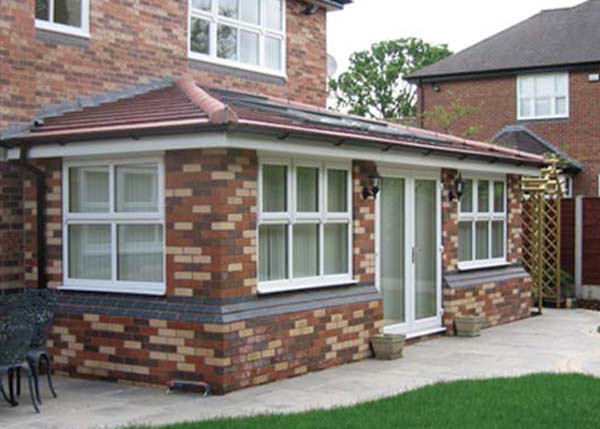Approved Trader
Mixing mortar
Air Conditioning
Services

Find a local trader and receive competitive FREE quotes?
You need mortar for bricklaying, plastering and even tiling indoors and outdoors. Depending on the place of use certain types of mortar are required, which have different properties. Depending on which mortar is used, you should consider some things when mixing. Therefore, you will learn below how to mix mortar yourself and get an overview of the main types of mortar.
If you want to mix mortar for the first time at the hardware store is not only from a wide selection of various types of mortar such as cement mortar, but also from dry materials, such as lime and cement. But are cement and mortar really the same? The answer is "No". Mortar consists of Water
Aggregates, such as gravel or sand
Binders, for example cement, lime
Through the use of aggregates sand or gravel regulate the consistency of the mortar. In contrast, the binder, cement or lime - depending on the nature both materials can be used - responsible for the hardening of the mortar and react in combination with water.
For the amount of water which applies a rule of thumb that you need a pound of water per pound of cement or lime . The amount of building materials depends on whether you mix lime, cement, or cement-lime mortar and is in so-called space parts specified:
Of mortar Sand Lime and cement Water
Lime mortar (mortar group 1) 3-4 1 hydrated lime According to RuleCement-lime mortar (mortar group 2) 8-9 Hydrated lime and cement 2 1 According to Rule
Cement mortar (mortar group 3) 3-4 1 Cement According to Rule
Lime mortar is easier to process than, for example, cement mortar. Because of its low resistance, it is only for non-load-bearing interior walls and a house with a maximum height of two storeys. On the other hand, mix cement mortar for stable, load-bearing walls, such as vaulted or pillars. It is weather resistant, but can be processed worse. Need mortar which is suitable for all walls and is also easy to work with.
Basically, you should always produce only the amount that you can process within the setting time. To do this, enter the required space parts of sand, lime or cement in a construction buckets and mix it. Then enter as long added small amounts of water and stir the mixture until the mortar has the correct strength. If it is too liquid, you should add more dry ingredients while stirring to prevent lumps.



